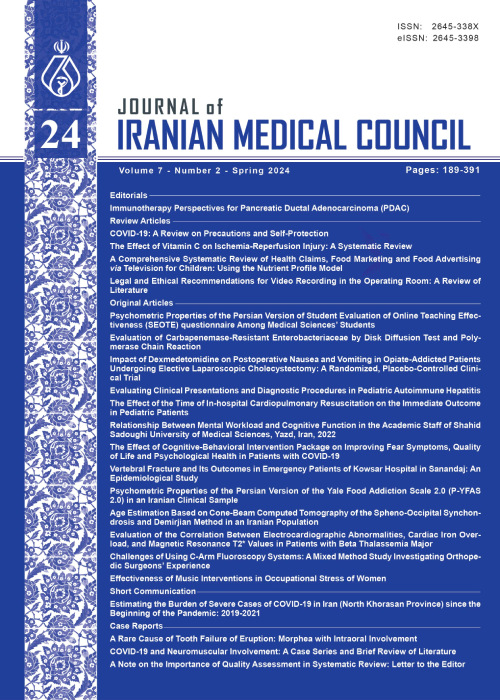Psychiatric Aspects of Chemical Warfare
Chemical warfare agents are chemical, usually extremely toxic weapons of mass destruction, which, although they have been used for centuries, have not yet been fully and comprehensively described. Nowadays they are classified as nerve agents, blistering agents, blood agents, choking agents, tear gases, psychomimetic agents, and toxins. The mass production, and consequently, widespread deployment of these agents has been documented since the 19th century after the expansion of industrial chemistry. Since then, several large-scale attacks using them have been reported (1). Chemical weapons can be viewed from various aspects, including environmental, legal, ethical, medical, etc.; insufficient attention has been paid to its psychiatric aspect and considerations. The psychiatric aspect of chemical attacks has been neglected, or at least not sufficiently addressed. Indeed, if medical preparation for chemical attacks were to be practiced, it would probably not involve psychiatrists or consider sufficient psychiatric assistance. Meanwhile, mood, cognitive, and behavioral disorders are common due to trauma and chemical agents, both short-term and long-term. Psychiatrists have considerable multifaceted roles and duties in such a crisis, including helping to differentiate somatization and anxiety in patients referred to the emergency room, treating short-term and long-term psychiatric disorders, crisis management intervention to health workers, and providing recommendations and guidance to decision-makers (2). Several effects of chemicals on mental health in people exposed to them in war or research have been reported, including intellectual impairment, problems in concentration, anxiety disorders, sleep disorders, psychomotor retardation, depression, social withdrawal, antisocial thoughts, fatigue, amnesia, restlessness, and irritability (2-4). Psychiatric disorders caused by chemical weapons can afflict people long after the attack so that a study showed that psychiatric and psychological findings, including somatization, obsessive-compulsive disorder, depression, anxiety, and hostility, were higher in the population exposed to sulfur mustard and horror and fears, even up to 20 years after exposure (4). Sulfur mustard is a blister agent that still has no effective antidote. The city of Sardasht, West Azerbaijan, Iran was the victim of a chemical attack on June 28, 1987, during the invasion of Iran. On that sunset, many people were massacred, and since then, many people have suffered from the consequences, the psychiatric side of which is only a small part.
- حق عضویت دریافتی صرف حمایت از نشریات عضو و نگهداری، تکمیل و توسعه مگیران میشود.
- پرداخت حق اشتراک و دانلود مقالات اجازه بازنشر آن در سایر رسانههای چاپی و دیجیتال را به کاربر نمیدهد.


